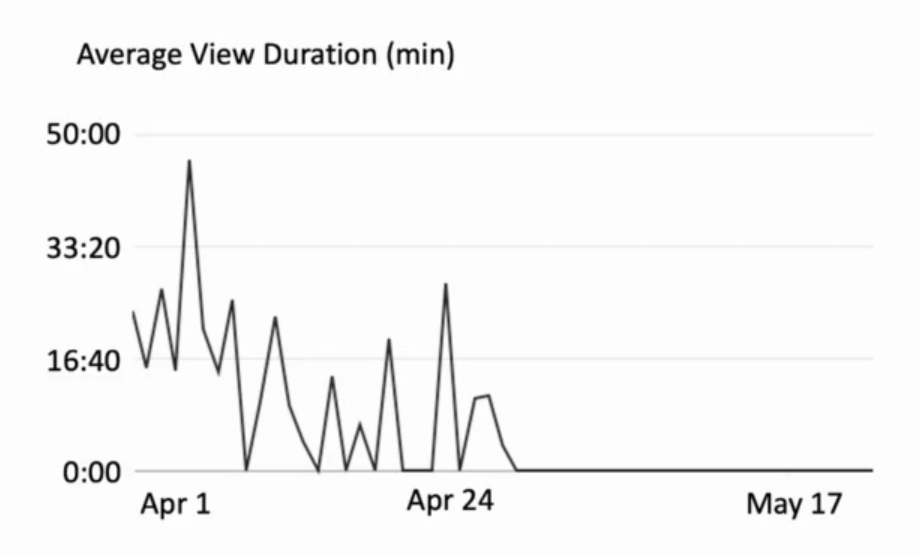Preparing Online Lectures for a Flipped Classroom
Professor Sanjeev Chandra shares his tips for creating engaging online asynchronous lecture (and cooking!) videos.
About Professor Chandra
Sanjeev Chandra is a professor in the department of Mechanical and Industrial Engineering at the University of Toronto. He has served many leadership roles within the faculty, including as the Associate Chair of Undergraduate Studies and the Vice-Chair of the MIE department. Internationally recognized for his research work in the dynamics of droplets and sprays, he is also one of the founders of the Centre for Advanced Coating Technologies at U of T. Check out his full bio here!
Watch the Recording
If you were unable to attend the live session, you can watch a recording of Preparing Online Lectures for a Flipped Classroom (note: you will need to login to your Utoronto.ca Office365 account to watch the video as it is only available to the U of T community). In this session, he goes over how instructors can use lecture videos to stimulate student engagement online.
Insights from Youtube Analytics
When classes went online March 2020, Professor Chandra decided to record his remaining planned lectures (~50 minutes each) using his iPad. He then uploaded these video lectures onto YouTube where his class of ~200 engineering students can access them. YouTube provides its content creators analytics on the views of their videos. The most significant statistic is the Average View Duration of his lecture videos.
Average View Duration
Taking a look at the average view duration of a singe video, it was eye-opening to see that student watch time is significantly less than the video duration. In fact, when Professor Chandra aggregated the data from all of his lecture videos, the average view duration is 12-15 minutes long. It turns out that the attention of students will taper off around this point.
How can we make online lectures effective?
In a traditional in-person lecture, over half of the lecture time is spent on raw information transfer. However, students are the most engaged during the applications and Q&A portions of a lecture. We can use short, topic-based videos to replace the information transfer stage. This way increases student engagement by opening up the possibilities of a flipped classroom within synchronous sessions.
Going Forward: Plan for September 2020
Asynchronous Lecture Content Videos
 Use PowerPoint to produce videos (see: record a slideshow with narration and slide timings) and export them as .mp4 or .mov files
Use PowerPoint to produce videos (see: record a slideshow with narration and slide timings) and export them as .mp4 or .mov files- Avg. video length: ~10-15 minutes
Organizing a Flipped Classroom
- Regular 3 synchronous sessions as planned
- Students watch the assigned videos before sessions
- During session:
- Review of video material
- Problem solving (large and/or breakout groups)
- Other discussion
Hobby: Cooking Classes and Videos
There are all forms of educational videos! Professor Chandra and his wife, Smita Chandra, have taught Indian cooking classes and written books. In light of the pandemic, they learned how to produce effective, yet entertaining cooking videos for their audience. Check out their recipe on Shrimp Curry!

